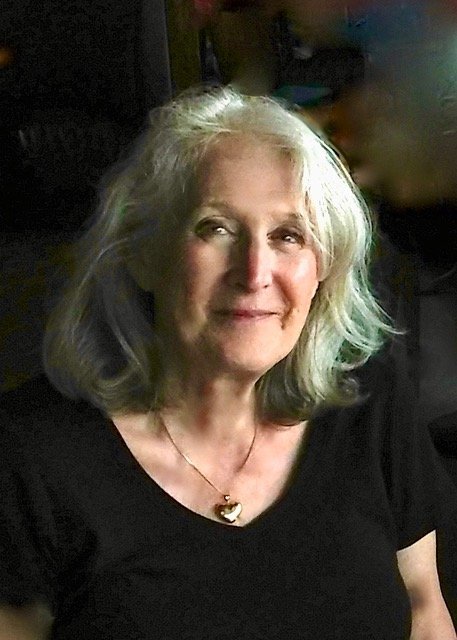The Orders of St. Margaret & Caledonia
Formed in 1827, our Society was begun as a men only organization, as was the custom of the time. In 1979, then President Addison Clipson established The Order of St. Margaret in order to provide meaningful recognition to those ladies who had performed significant service either directly or indirectly to and for The Caledonian Society of Cincinnati or otherwise to the Scottish community at large. In 2011, membership rules were changed to allow women to be members of the Society. Thus a few years later, it was decided that we should also recognize the men providing a great service to the Society and/or the Scottish community. This new award was named The Order of Caledonia.
St. Margaret, Queen of Scotland
1046-1093
St. Margaret was the granddaughter of King Edmund Ironside of England through his son Edward the Aethling. She had been exiled to the eastern continent with the rest of her family when the Danes overran England. She was well educated mostly in Hungary. She returned to England during the reign of her great uncle, Edward the Confessor, but, as one of the last remaining members of the Saxon Royal Family, she was forced to flee north to the Royal Scots court at the time of the Norman Conquest.
Beautiful, intelligent and devout, Margaret brought some of the more detailed points of current European manners, ceremony and culture to the Scottish Court and thus highly improved its civilized reputation. She had a taste for the finer things in life and, in 1069, she won over the Scots King. Malcolm Canmore, and married him. Their union was exceptionally happy and fruitful for both themselves and the Scottish nation.
Margaret was one of the principal agents of the reform of the Church of Scotland which was, at the time, at a low point in its history. Church councils now promoted Easter communion and abstinence from servile work on a Sunday. Margaret founded churches, monasteries and pilgrimage hostels, including the revival of Iona, the building of the tiny chapel which still bears her name at Edinburgh Castle and establishment of the Royal Mausoleum of Dunfermline Abbey with monks from Canterbury. She was especially devoted to Scottish Saints and instigated the Queen’s Ferry over the Forth so that pilgrims could more easily reach the Shrine of St. Andrew.
In her private life, Margaret was much given to prayer, reading and ecclesiastical needlework. She also gave alms lavishly and liberated a number of Anglo-Saxon captives. Her influence over her husband was considerable and she brought an English slant to Scottish politics for which she has sometimes been criticized. King Malcolm’s initial rough character was certainly softened by the lady.
Margaret bore the King eight children, all with English names. Alexander and David followed their father to the throne, whilst her daughter, Matilda, brought the ancient Anglo-Saxon Royal bloodline into the veins of the Norman Invaders of England when she married and bore children to King Henry I. Margaret died on November 16th, 1093, aged forty-seven, not long after learning of the deaths of her husband and son in a campaign against William Rufus of England. She was buried in Dunfermline Abbey and miracles at her tomb brought her canonization by 1249. The base of her shrine can still be seen at the Abbey, but her body, along with that of her husband, was transferred to the Escorial in Madrid during the Scottish Reformation. Her head, which had its own shrine, was acquired by the Jesuits of Douai Abbey.









